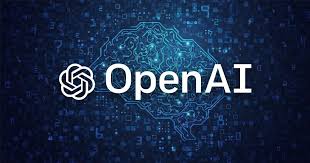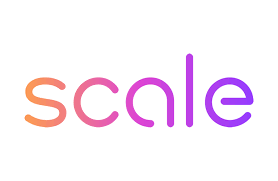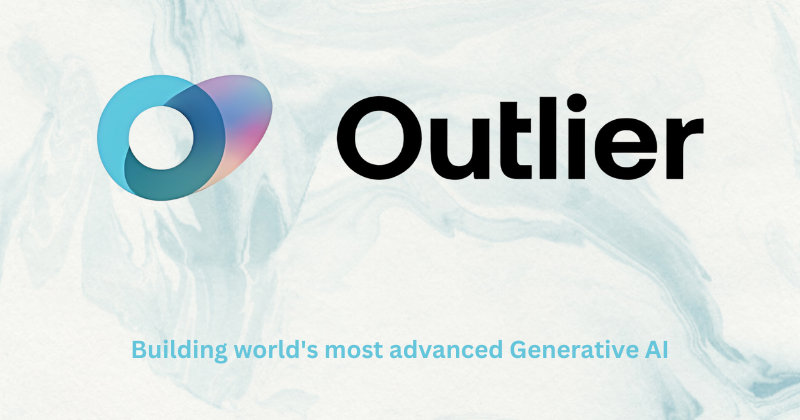Extraction Projects :
Our top notch scanner app is used to extract the details of various documentsExtraction Projects :
Our top notch scanner app is used to extract the details of various documentsIT Staff Augmentation Services
Rodion Solutions provides skilled IT professionals to bridge talent gaps, accelerate projects, and enhance efficiency. Their flexible augmentation services ensure seamless integration, cost savings, and access to top-tier expertise tailored to our needs.
We have successfully deployed multiple resources across various companies in the USA, Thailand, Myanmar, Australia, and the UK, specializing in technologies such as React, Java, Python, and Angular. Additionally, we provide expert augmentation in AI, including machine learning, deep learning, and data science, enabling businesses to leverage advanced AI-driven solutions for enhanced automation, analytics, and decision-making.
Let's Connect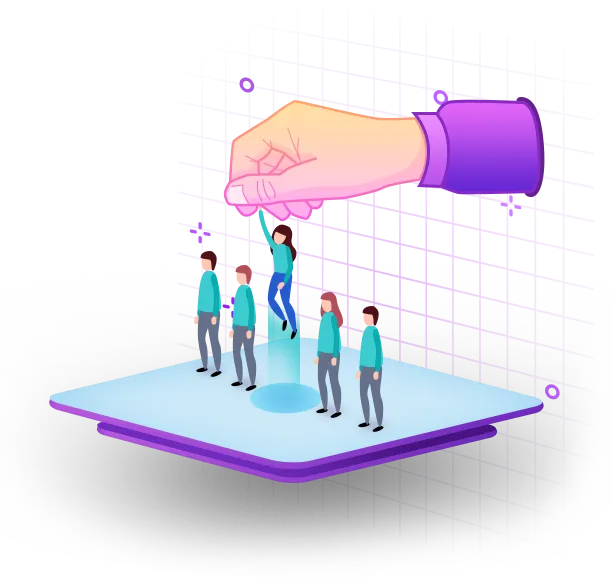
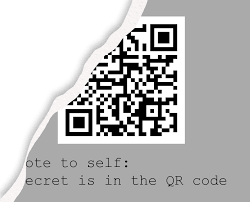

QR codes often get damaged, making them hard to scan. This project, built with Python and Ionic, enhances QR readability using image processing, error correction, and machine learning. OpenCV preprocesses images, pyzbar decodes QR data, and Reed-Solomon correction reconstructs missing parts. A user-friendly Ionic interface enables real-time scanning via mobile cameras. Applications include inventory management, logistics, and security. This system ensures reliable QR code recovery, even in challenging conditions, improving efficiency across industries.
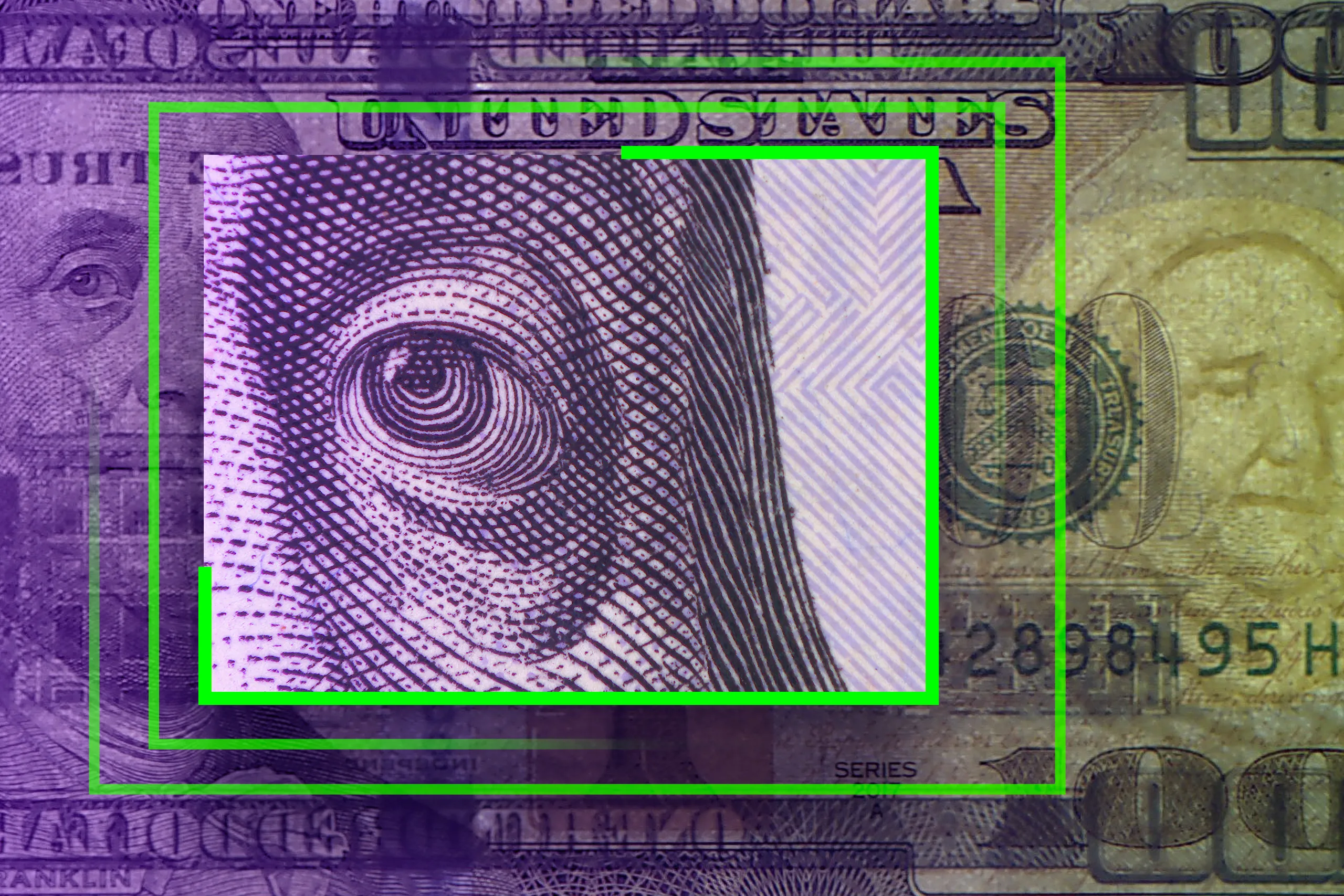

Counterfeit currency threatens financial security. This project extracts and analyzes data from a counterfeit money detector using Java, Python, and Ionic. It captures UV patterns, IR scans, and magnetic ink verification for real-time authentication. Java manages hardware interfacing, while Python applies AI for detection. Results are displayed in an Ionic-based app with instant alerts. Capacitor enhances device integration. The system improves fraud detection for banks, businesses, and law enforcement, offering a reliable, efficient solution to combat counterfeit money.
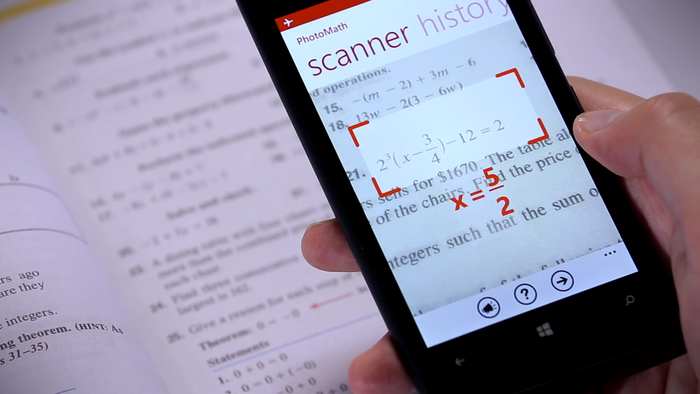

This project develops a system to extract and evaluate mathematical formulas from handwritten or printed text in images. Using Python for backend processing and Ionic for the interface, it enables users to capture images of equations, preprocess them with OpenCV, and extract text via Tesseract OCR. The recognized formulas are parsed and computed using SymPy, with results displayed in real time. Overcoming challenges in OCR accuracy and symbol differentiation, this solution benefits students, researchers, and professionals in automating mathematical computations.
In today’s digital financial landscape, securely automating the extraction and storage of debit and credit card information is essential. This project captures a card’s image, extracts key details like the cardholder’s name, number, expiration date, and CVV, and encrypts them for secure storage. Using Python and Java for processing and encryption, alongside Ionic for the interface, it ensures safe financial data management. OpenCV enhances image clarity, while Tesseract OCR extracts details, refined by machine learning. AES-256 encryption safeguards stored data, enabling secure, real-time access via biometric authentication and PIN verification.
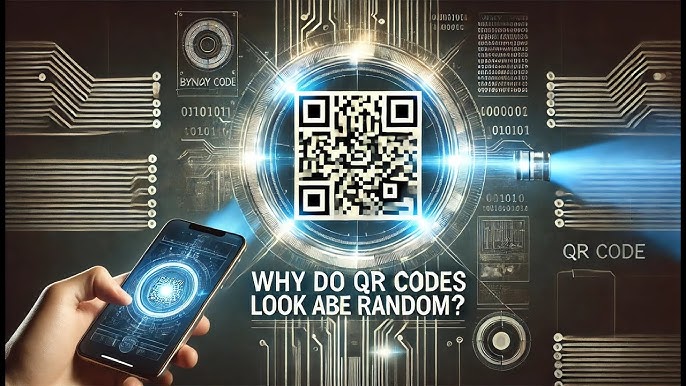

This project automates barcode and QR code data extraction from images, benefiting industries like retail, logistics, and digital payments. Developed with Ionic, the mobile app captures images using a device camera, while Python handles backend processing. OpenCV enhances image quality for accurate decoding using the pyzbar library. Extracted data, such as product details or URLs, is displayed in a user-friendly interface. Security measures encrypt sensitive information. The system ensures real-time, multi-platform compatibility, improving efficiency, accuracy, and accessibility across various industries.
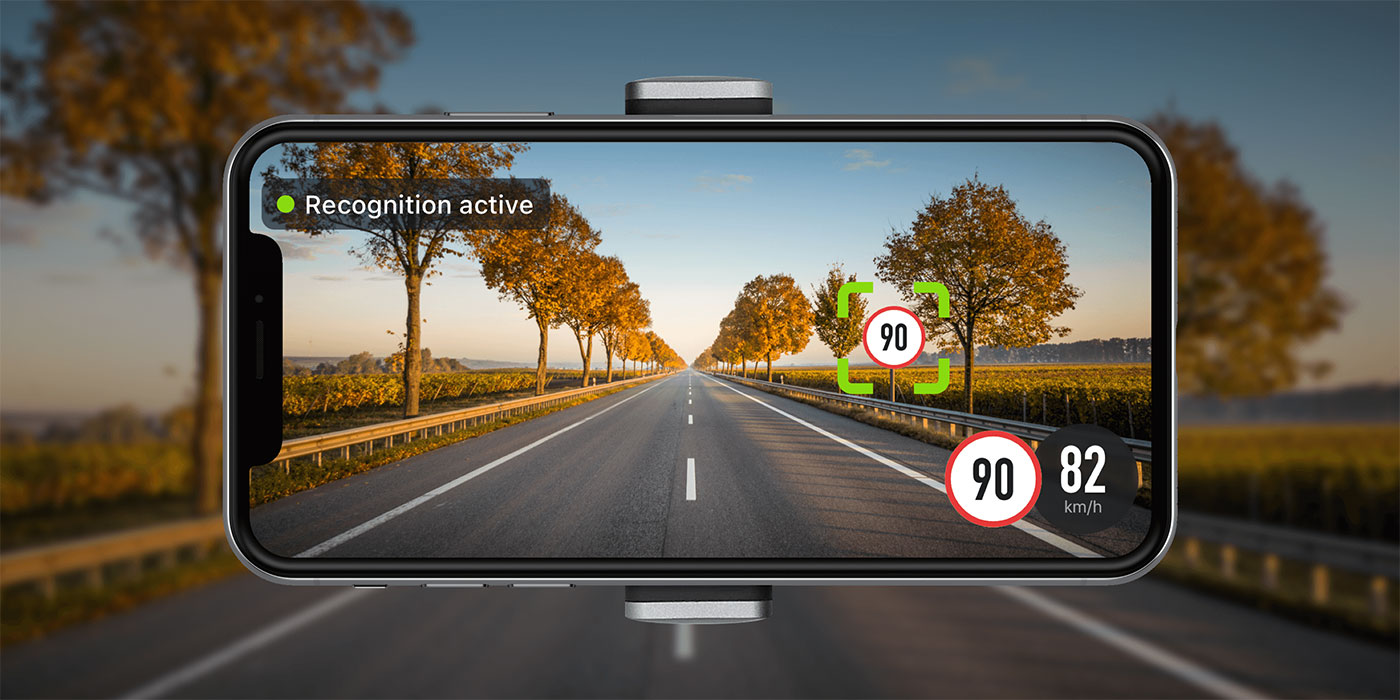

This project focuses on traffic sign detection and recognition using computer vision techniques. Developed with Python and Ionic, it captures images from a mobile device's camera and processes them in real-time. The system utilizes OpenCV for image preprocessing and TensorFlow for traffic sign classification. It identifies various traffic signs, such as stop signs, speed limits, and yield signs, providing drivers with real-time alerts and information. The user-friendly Ionic interface displays detected signs and their meanings, enhancing road safety and navigation for drivers. This solution is ideal for integration into navigation systems or driver assistance applications.


This project focuses on extracting text from images using Optical Character Recognition (OCR). It enables users to convert printed or handwritten text into digital formats using a mobile app. The system, developed with Python for backend processing and Ionic for the mobile frontend, captures images, preprocesses them using OpenCV, and extracts text with Tesseract OCR. Users can interact with the extracted text by selecting, copying, editing, or saving it. The app supports cross-platform functionality, works on both Android and iOS, and provides an intuitive interface for easy text manipulation. This solution is ideal for digitizing documents and extracting information from images.
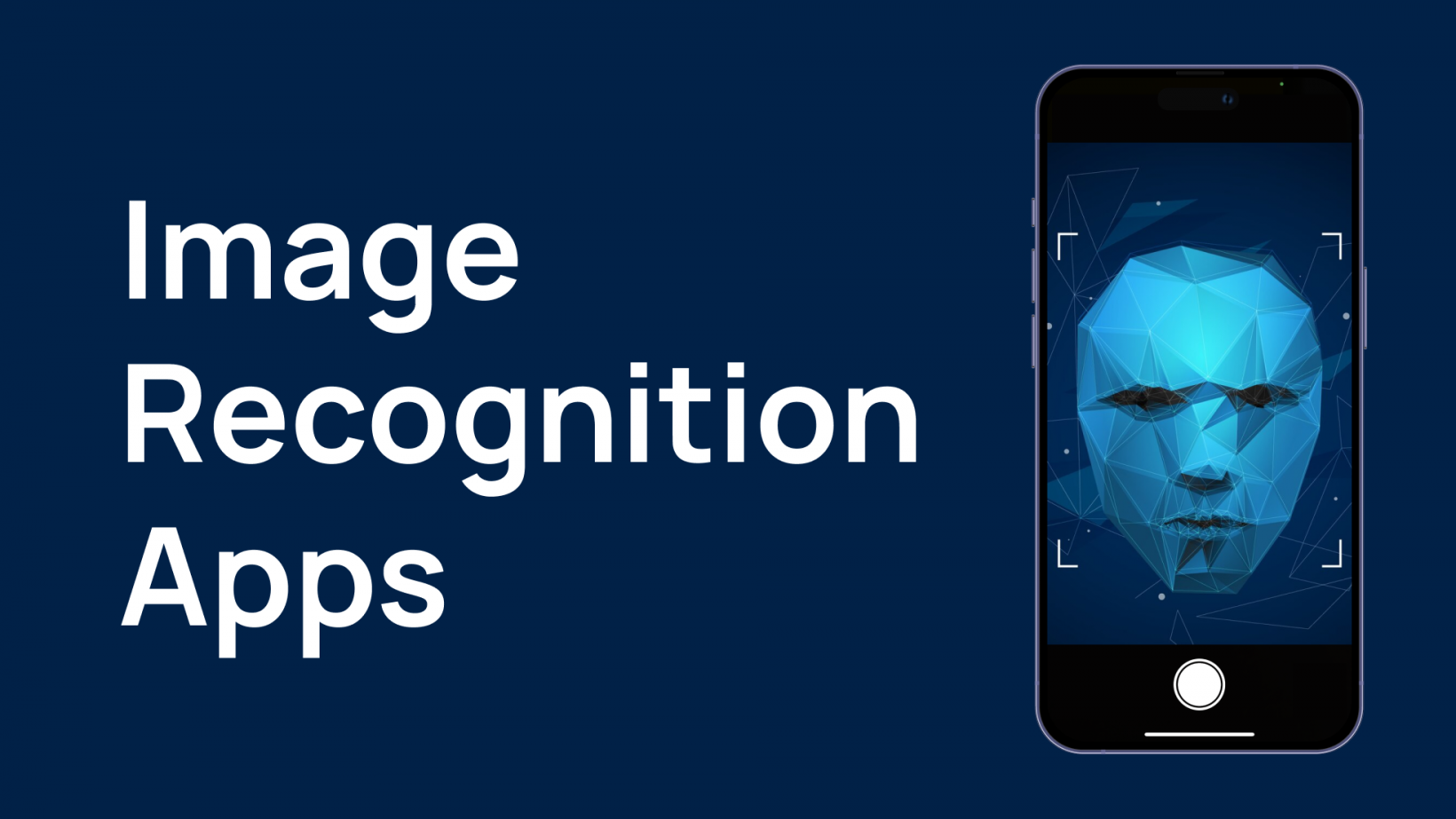

This project focuses on image recognition, utilizing machine learning algorithms to identify and classify objects within images. The system processes images captured via a mobile app, analyzing visual data to detect patterns, shapes, and objects. Built with Python for backend processing and an intuitive mobile interface, the app allows users to upload images for instant recognition. It can identify a variety of objects, from everyday items to more complex subjects, offering applications in fields like security, inventory management, and automation. The solution is cross-platform, ensuring compatibility with both Android and iOS devices.
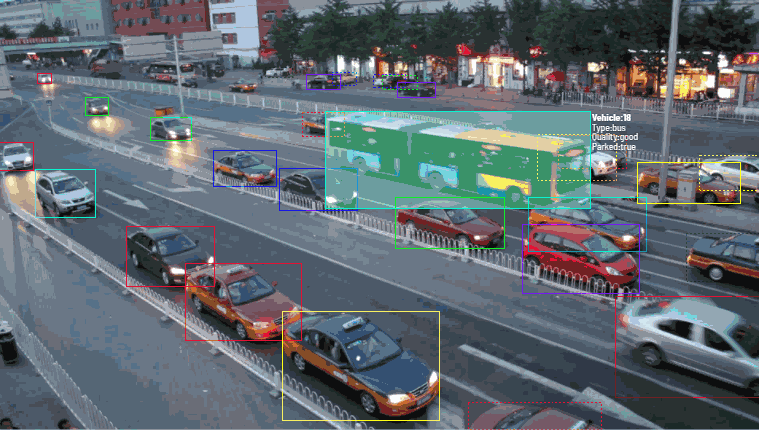

This project develops a real-time vehicle identification and speed monitoring system for traffic management. Using Java, Python, Ionic, and React, it captures video footage, identifies vehicles like cars, buses, jeeps, and trains, and calculates their speed based on video analysis. OpenCV processes the video frames, while TensorFlow classifies vehicles. If a vehicle exceeds the speed limit, the system triggers an alert. Real-time data is displayed through a mobile app (Ionic) and a web dashboard (React), enabling effective traffic enforcement and management. This solution enhances traffic safety, supports smart city initiatives, and optimizes road usage for improved efficiency.
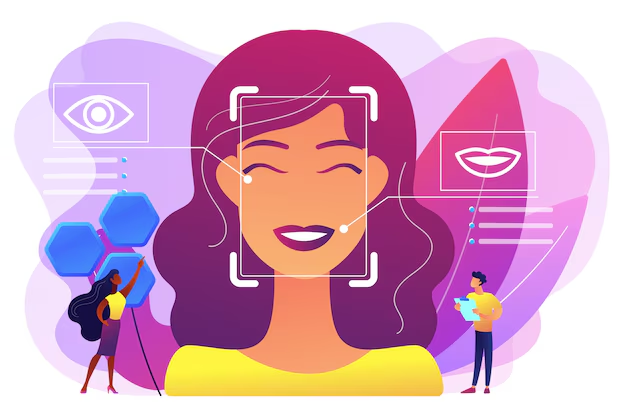

This project develops a system that captures an image of a person's face and analyzes gender, emotions, and mood based on facial expressions. Using Java, Python, and Ionic, the system applies computer vision and machine learning techniques to detect facial landmarks, classify gender, and recognize emotions like happiness, sadness, and anger. Beyond emotion recognition, it evaluates the person's mood by analyzing micro-expressions and eye movement. The mobile app, built with Ionic, provides real-time results in an intuitive interface. The system offers applications in mental health, security, customer service, and entertainment, enhancing user interaction and emotional understanding.
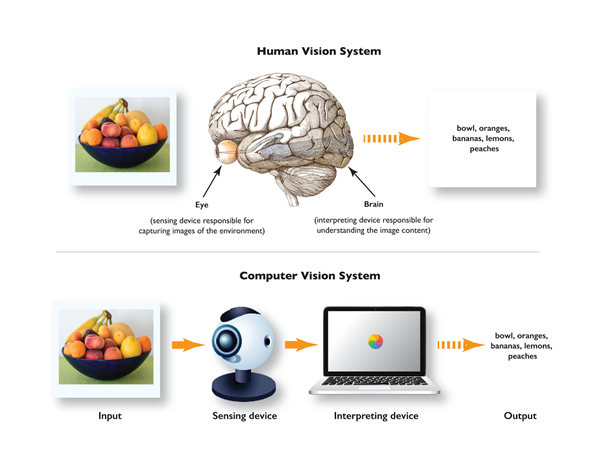

Object Detection
This project develops an object detection and counting system that captures an image, identifies objects, and counts unique ones. Using Java, Python, and Ionic, it integrates machine learning and computer vision for automation. Users capture images via an Ionic-based app, which are preprocessed with OpenCV and analyzed using TensorFlow models like YOLO or Faster R-CNN. The system classifies objects, removes duplicates, and presents counts in real-time. Applications span inventory management, surveillance, and quality control, enhancing automation and efficiency across industries with accurate object detection and counting.
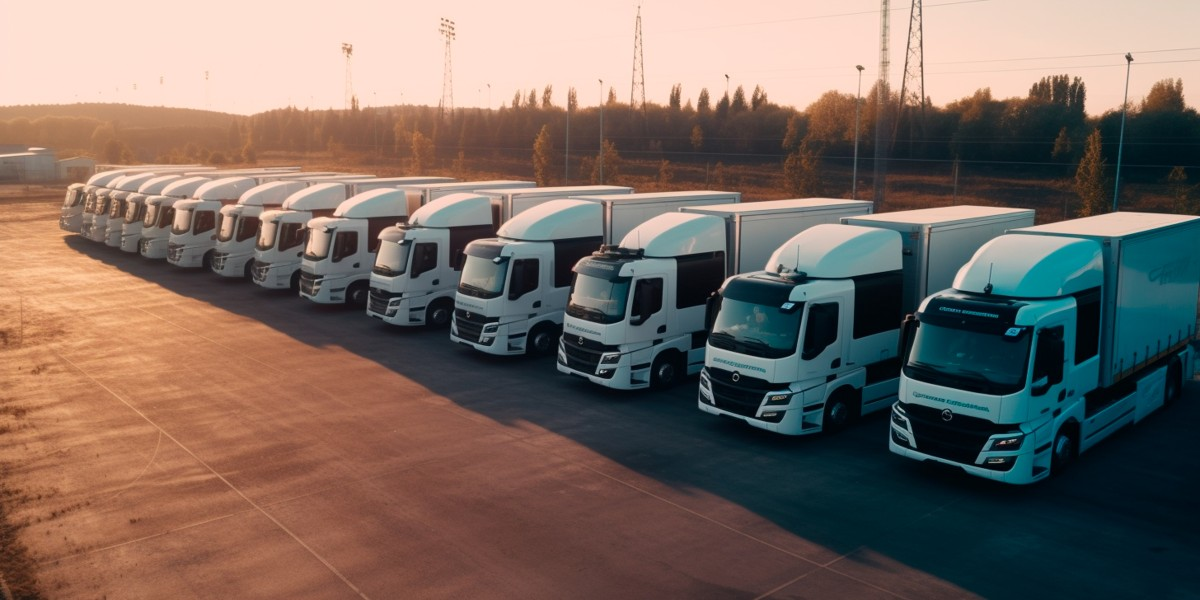


Fleet Management :
Load Dashboard :
Scanning
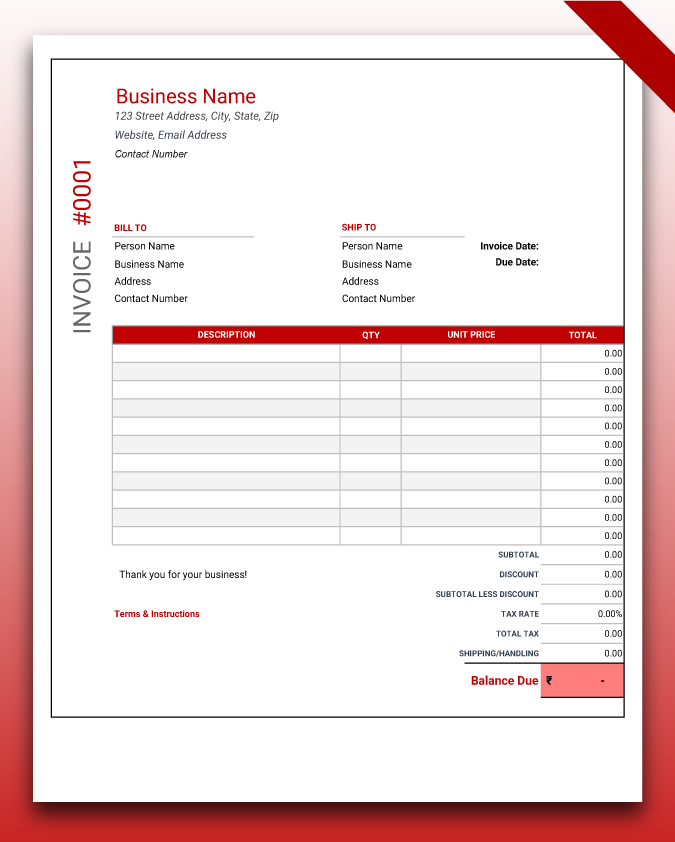
Our company provides advanced software solutions for dispatch, billing, and inventory management, specifically designed for petroleum carriers. With a focus on efficiency and automation, our system streamlines operations by improving communication between dispatchers, drivers, and customers. The web-based dashboard allows dispatchers to manage orders, assign drivers, schedule deliveries, and track real-time statuses effortlessly. Meanwhile, the mobile application enables drivers to receive assignments, update delivery progress, and scan documents instantly.
1. To enhance productivity, the system automates invoicing, ensuring accurate billing and providing customers with secure access to invoices, Bills of Lading, and other essential documents. Integration with fleet management systems like Samsara, GPSTrackit, and Geotab enables real-time GPS tracking, route optimization, and compliance monitoring. This ensures efficient fuel transportation and reduces operational delays.
2. Advanced document scanning, powered by Python OpenCV, improves accuracy by using image processing techniques like edge detection and automated document enhancement. Additionally, AWS S3 integration ensures secure cloud storage, allowing businesses to access and manage documents with ease.
3. Built using modern technologies such as Angular, React, Ionic Capacitor, Java, and Python, the platform guarantees seamless performance across web and mobile applications. The system also incorporates role-based authentication, encrypted data storage, and secure API communication for enhanced security.
4. By automating dispatch workflows, optimizing billing processes, and providing real-time insights, our software helps petroleum carriers reduce manual errors, improve operational efficiency, and stay competitive in a rapidly evolving industry. This scalable solution empowers businesses to enhance logistics, boost transparency, and maximize profitability.
The CPQ (Configure, Price, Quote) and Order Management system streamlines sales-to-production workflows by automating product configuration, pricing, quoting, order processing, and engineering document generation. Leveraging Java, React, Keycloak, Apache Kafka, REST API, Docker, and Jenkins, this scalable solution enhances efficiency and accuracy while minimizing manual errors. This system tackles challenges such as pricing inconsistencies, slow order processing, and engineering documentation delays. It integrates a dynamic configuration engine, real-time pricing, and automated order management to improve operational efficiency.
1. Product Configuration - Users can customize products while ensuring valid configurations, reducing order mismatches.
2. Automated Pricing - Real-time calculations incorporate base prices, customizations, and discounts, ensuring competitive pricing.
3. Quote Generation - The system creates detailed, professional quotes, eliminating manual errors.
4. Order Processing - Approved quotes seamlessly transition into production workflows, syncing with inventory and supply chain systems.
5. Engineering Document Generation - Automatically generates CAD drawings, specifications, and assembly instructions for production teams.
6. Secure Authentication - Keycloak ensures role-based access control, safeguarding critical functions.
7. Real-time Integration - Apache Kafka facilitates seamless communication across sales, finance, and production.
8. Scalability & Deployment - Docker enables efficient deployment, while Jenkins automates CI/CD for smooth updates.
• Efficiency: Reduces manual tasks, enhancing speed and accuracy.
• Accuracy: Ensures error-free pricing and product configurations.
• Security: Protects sensitive business data with robust authentication.
• Scalability: Adapts to business growth.
• Integration: Connects seamlessly with ERP, CRM, and production systems.
This CPQ and Order Management system revolutionizes sales-to-production workflows, improving productivity, accuracy, and customer satisfaction.
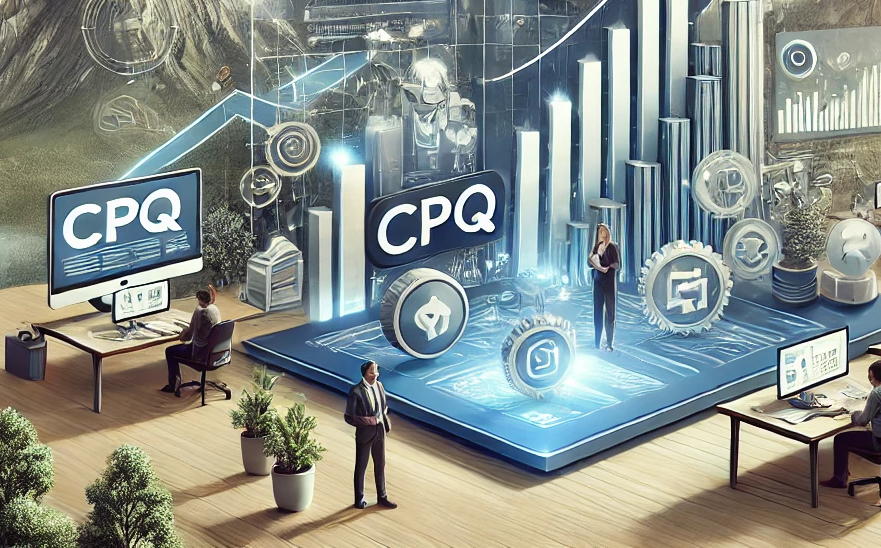
At our company, we specialize in delivering cutting-edge digital solutions tailored to real-world challenges across various industries. One of our flagship projects is the Dynamic Pricing Restaurant Mobile App, which introduces an innovative pricing mechanism where food and beverage prices fluctuate in real time. This not only enhances customer engagement but also helps restaurants maximize profitability. Users can pre-book items at favorable prices, while restaurant managers benefit from detailed analytics and seamless order management. Built using React Native with a Java Spring Boot backend, the app reflects our commitment to blending technology with smart business strategies. Similarly, the Elevator Company Digital Solution showcases our expertise in integrated systems. It includes a web branding page, a mobile app for service booking and real-time technician tracking, and an admin dashboard for efficient workforce management—demonstrating our capacity to optimize operations through custom digital platforms.
Another impactful solution we've delivered is the Construction eCommerce Platform, which digitizes the procurement of construction materials like cement, bricks, and rods. The mobile app allows customers to order materials either for doorstep delivery or in-store pickup, while the web-based admin portal facilitates real-time inventory and order management. This platform bridges the supply-demand gap in the construction industry and significantly improves operational transparency and efficiency. In the realm of travel and hospitality, our Travel Booking System enables users to browse routes, select seats, and make secure payments via multiple gateways. The admin dashboard ensures streamlined booking allocation and refund processing. Additionally, our Blue Ocean Resort Booking System simplifies room reservations, offering a smooth booking experience with integrated payment solutions. These projects collectively highlight our focus on user-centric design and business workflow automation.
Beyond commercial platforms, we have made meaningful contributions in areas like healthcare, corporate training, and social responsibility. The Old Age Health Care Monitoring System, built in native Android, supports real-time tracking of vital health parameters for senior citizens, ensuring timely medical intervention. Our CSR initiative during Cyclone FANI reflects our commitment to humanitarian causes, as we extended financial aid to the Odisha government—a gesture acknowledged by CM Naveen Patnaik. We also collaborated with leading tech firms on AI-driven projects under OpenAI, ScaleAI, and Outlier, contributing to automation, anomaly detection, and predictive analytics. In the visual communication domain, we delivered an animated explainer for BPCL India, using Adobe tools to depict operational workflows. Finally, HireKwik, our recruitment platform, bridges the gap between employers and job seekers, simplifying hiring through features like job search, profile management, and application tracking. Each of these projects underscores our versatility and dedication to delivering impactful, scalable, and future-ready solutions across domains.
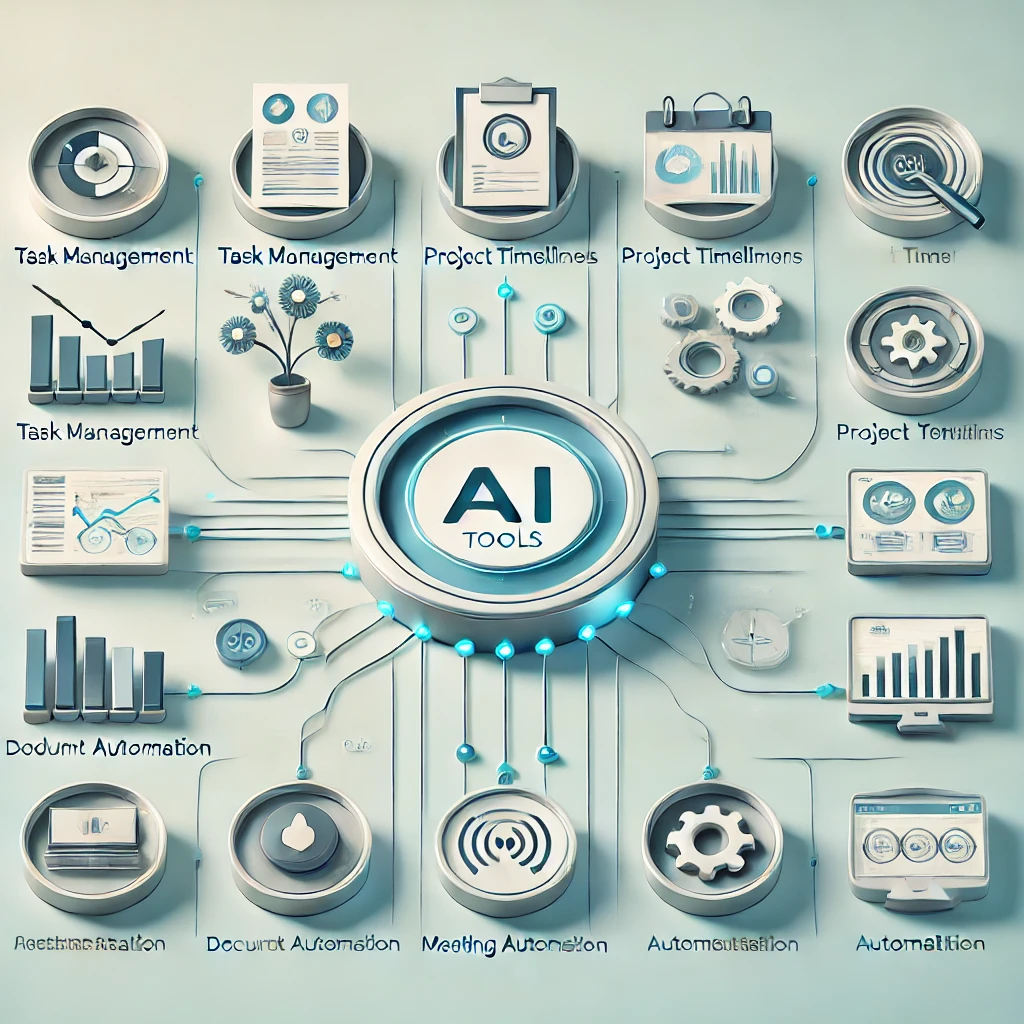

In this project, we worked on integrating AI-driven solutions to enhance automation, natural language processing, and data analysis. Leveraging machine learning models and OpenAI's API, I contributed to developing intelligent systems capable of text generation, classification, and predictive analytics. The project aimed at improving AI interactions, chatbot responses, and decision-making algorithms, ensuring higher efficiency in automation-driven workflows.
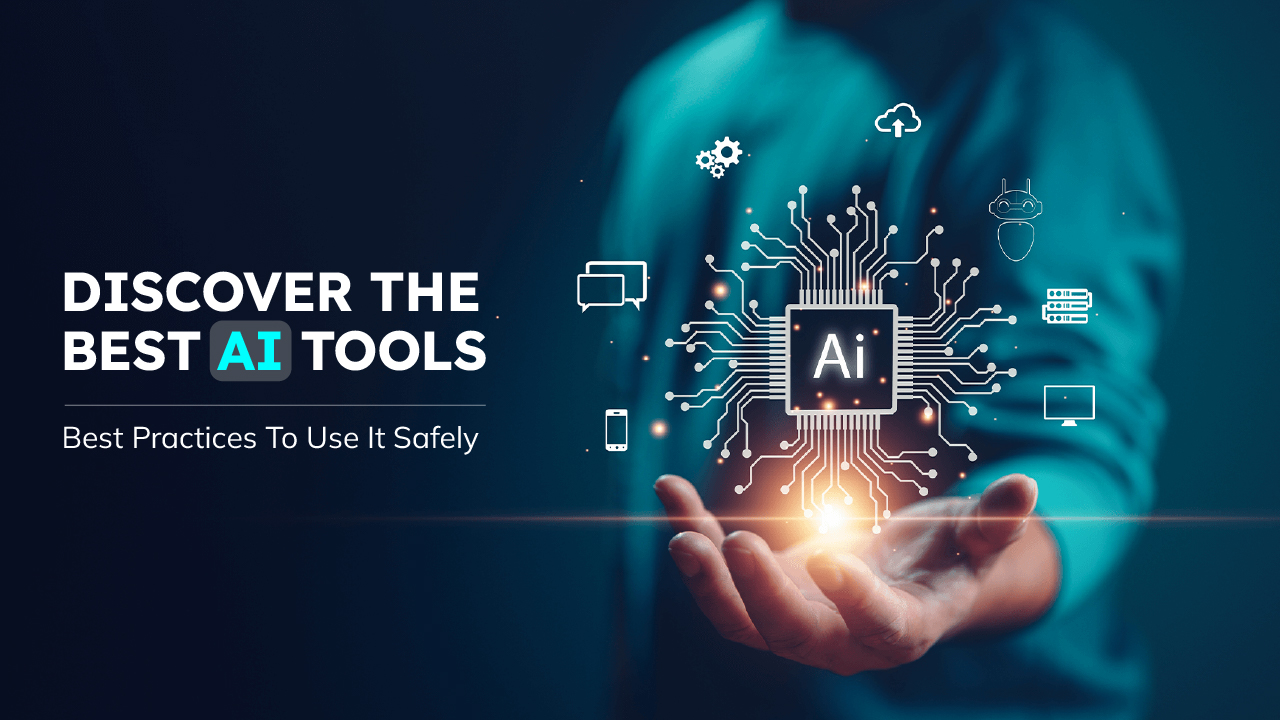
This project focused on data annotation, model training, and AI optimization for large-scale datasets. we worked on building high-quality training data pipelines to enhance computer vision, NLP, and AI-driven automation. Using annotation tools and model validation techniques, I contributed to improving AI accuracy and reducing bias in machine learning models, ensuring scalable and reliable AI deployment.
The Outlier project involved data intelligence, anomaly detection, and predictive analytics. we worked on identifying trends, automating data insights, and developing AI-driven strategies to detect irregularities in datasets. Using advanced analytics and machine learning, the project enhanced business intelligence by delivering actionable insights and real-time anomaly detection for enterprise decision-making.
